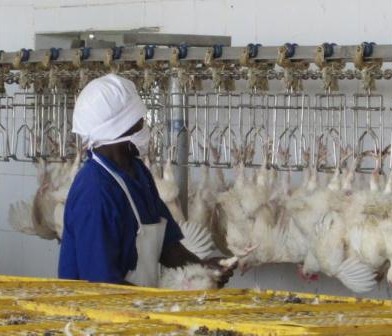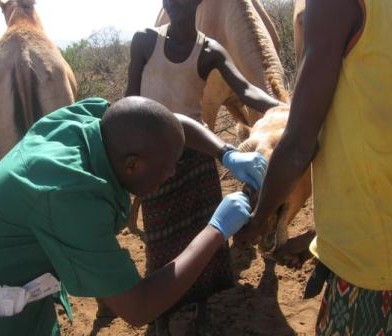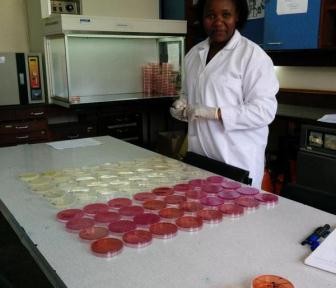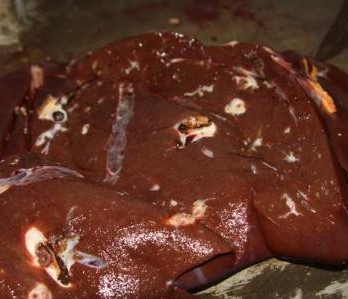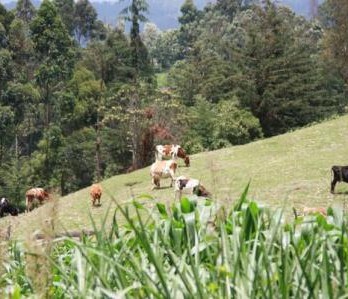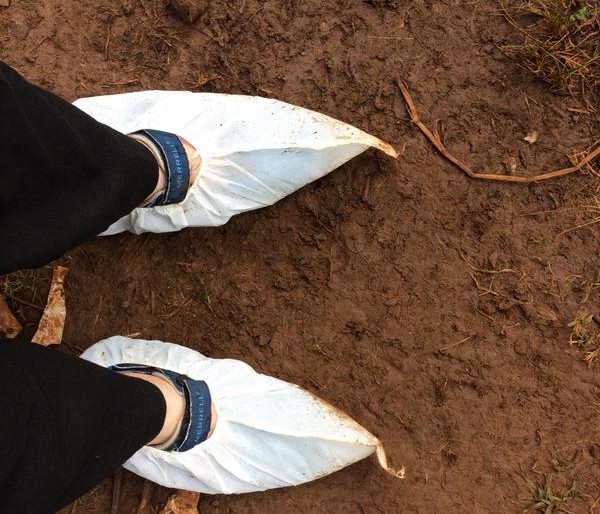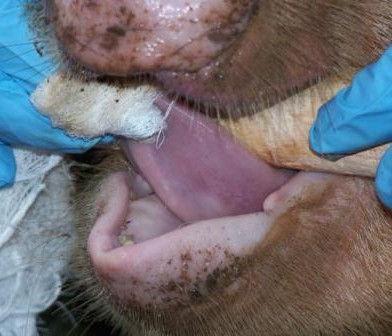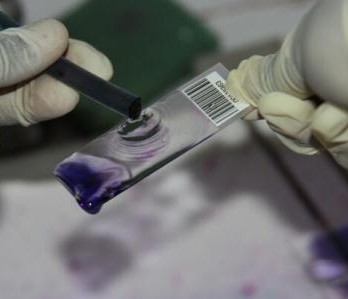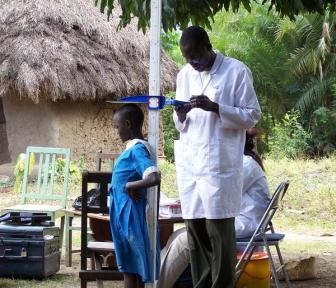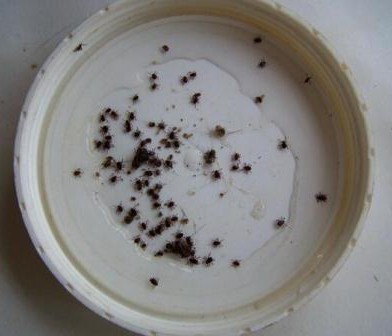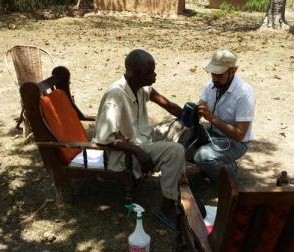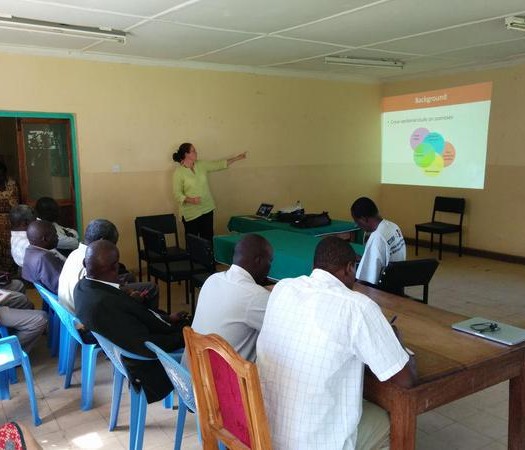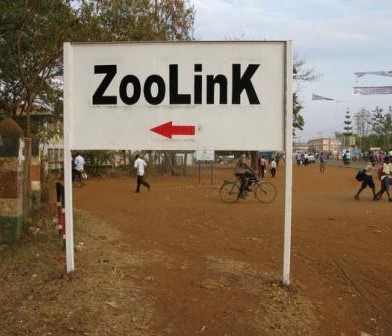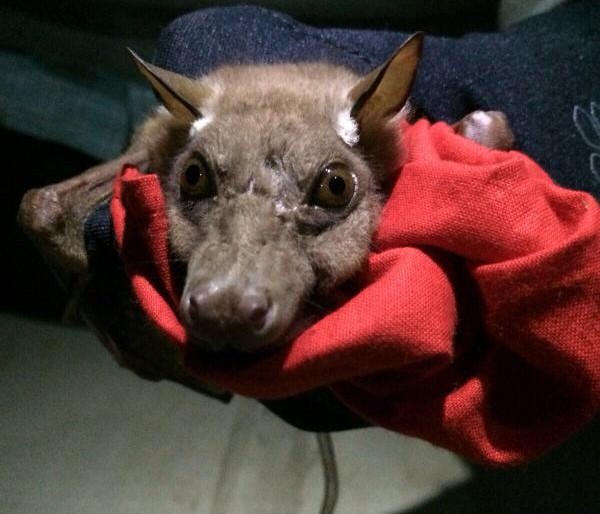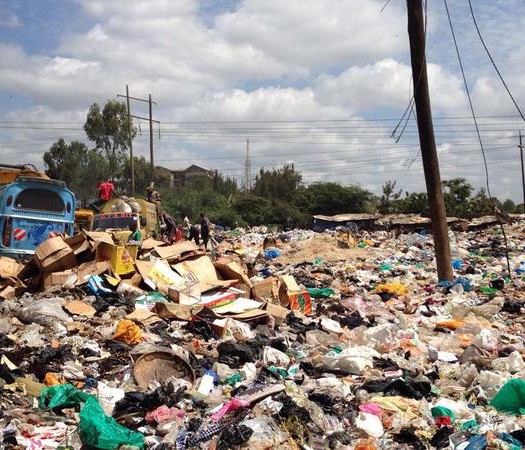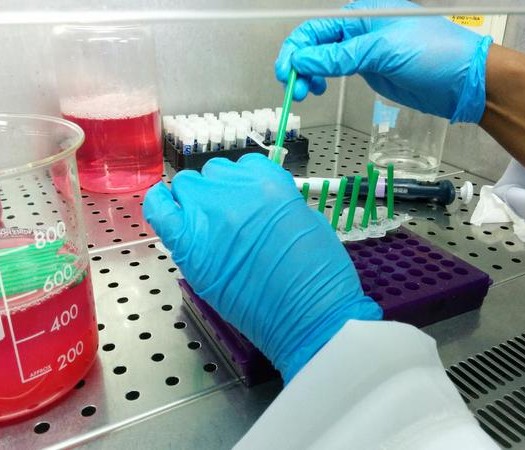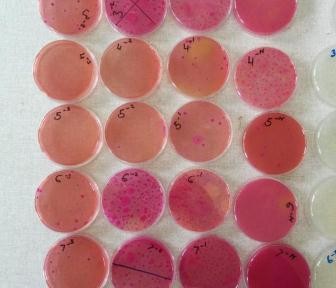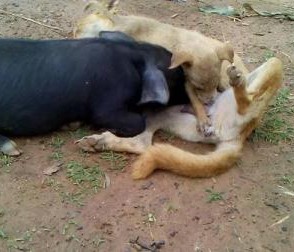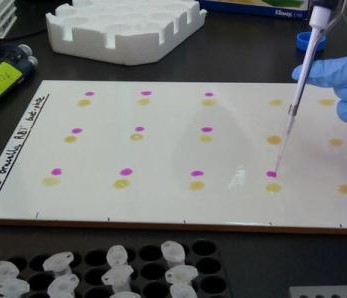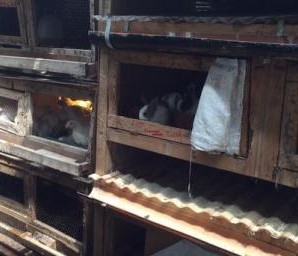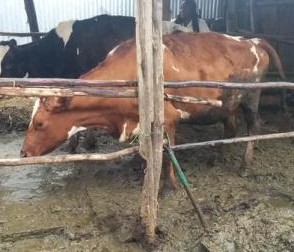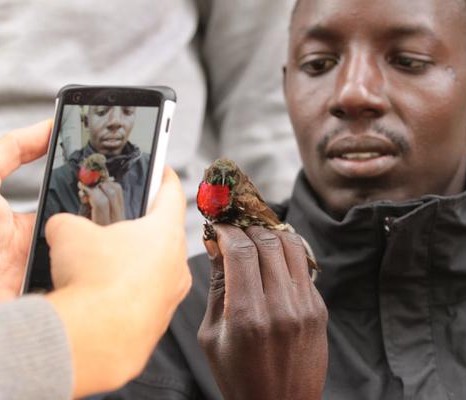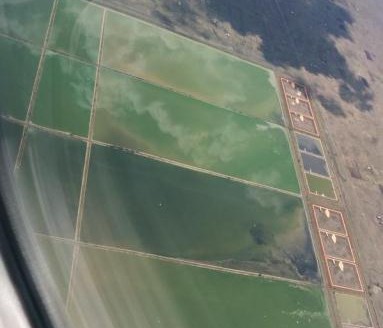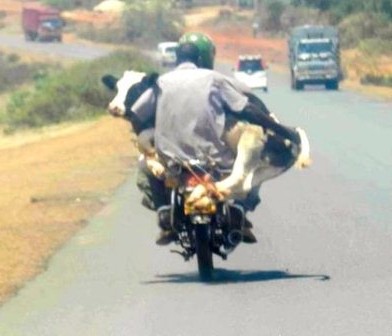Wildlife Component-99 Household Study
Wildlife Component-99 Household Study
To complete the One Health picture in the Urban Zoo project is the wildlife thread, an exciting arm of the project and a perfect mix of science and adventure! This focusses on the role of syanthropic wildlife (species that live in close association with humans including birds, rodents, bats and primates) in the epidemiology of disease emergence.
The project involves trapping, ecological sampling, habitat mapping and sample collection and it also gives a clear picture of the diversity and distribution of the syanthropic wildlife in Nairobi. By use of molecular epidemiology, we will be able to investigate the potential transmission pathways of organisms, with E. coli as an example, between the species of wildlife and humans. Various humane trapping methods are used to capture the wildlife as follows:
- Birds are trapped using special mist nets which are mounted at dawn along the birds’ flight pathways. Once a bird flies into the net, it gets entangled. It is then removed gently and sampled by a team of professional vets before being released.
- Bats also have a special type of mist net which is mounted at dusk along their presumed pathways. The bats then fly into the net and are removed for sampling.
- Rodents are trapped using non-lethal shearman traps which are baited by the aromatic small fish commonly referred to as ‘omena’. These traps are left in each household for up to three nights but are checked twice daily.
- Primates on the other hand are trapped using a special type of trap in coordination with the Kenya Wildlife Service team with which we work together.
So far, various species of bats such as Epomorphus weighing about 200 grams and the 7 gms Scotophilus have been caught. The most predominant rodent species in Nairobi is the common house mouse ‘Mus’ followed by the Rattus spp. House sparrows seem to have colonized the birds’ kingdom in Nairobi going by our statistics.
Red-billed firefinch is the second most common bird in parts of Nairobi. To enrich and diversify our sampling, two Sykes Monkeys were also trapped and sampled. All the birds and primates are sampled and released back to their natural habitat; some bats are sampled and released whereas others are taken to the lab for full postmortem. All rodents are taken for full postmortem in ILRI’s state-of-the-art BSL 3 laboratory.






